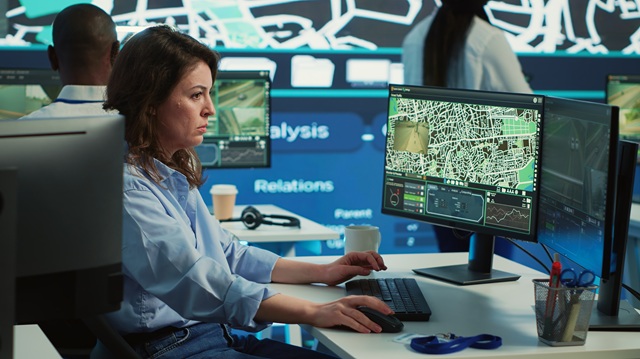
Cleaning, sanitizing, and disinfecting all have unique benefits and can help reduce the risk of spreading illness and disease. But it’s essential to understand the distinction between them. This write-up will discuss the differences between these three activities and when and how each should be used.
Cleaning
The purpose of cleaning is to get rid of dirt, dust, debris, and other impurities. It can be done manually, using various tools and cleaning products, or with the help of specialized cleaning machines.
Cleaning is vital for a variety of reasons. It helps to keep surfaces free of dirt and germs, which can help reduce the spread of disease. It also helps to keep surfaces looking clean and shiny, as well as helps to remove unpleasant odors.
Manual cleaning typically involves using various tools, such as mops, rags, sponges, brushes, and vacuums. Cleaning products such as detergents, disinfectants, and polishes are often used to help remove dirt and grime.
Specialized cleaning machines, such as power washers, vacuum cleaners, robotic vacuum cleaners, steam cleaners, etc., are also sometimes used for cleaning. Taking the time to clean correctly can help to reduce the spread of disease and keep surfaces looking clean and attractive.
Sanitizing
Sanitizing is the process of removing potential contaminants from objects, surfaces, food, and water. It is done to reduce the risk of exposure to pathogens, including bacteria, viruses, and fungi. It involves cleaning and disinfecting anything with hot water and soap or using chemical sanitizers.
Sanitizing can also reduce the risk of exposure to germs in the home. This can involve washing hands with soap and water before handling food or using hand sanitizers. Sanitizing surfaces such as doorknobs, light switches, and countertops can also reduce the risk of spreading germs.
It involves using hot water, soap, or chemical sanitizers such as hydrogen peroxide or bleach. Sanitizing can also include air purification, such as using air filters to remove airborne particles that may contain dangerous microorganisms.
Sanitizing is especially important in hospitals, restaurants, and schools, where the risk of illness or injury is high. Sanitizing can help reduce the spread of disease, germs, and bacteria.
Disinfecting
Disinfecting is a process of killing germs on surfaces or objects. You can do it through chemical or physical means. Chemical disinfection uses chemicals such as chlorine or hydrogen peroxide to kill germs on surfaces. Physical disinfection uses heat or UV light to kill germs.
Disinfecting surfaces and objects can help reduce the risk of infection from germs that may be present on them. In homes, physical disinfection is typically used. Heat and UV light can kill germs on surfaces and objects.
Heat can disinfect dishes, utensils, and other kitchen items. UV light is often used for disinfecting air, water, and other items, such as medical instruments. In medical and healthcare settings, disinfecting is typically done with chemicals.
Disinfecting is an essential part of maintaining a healthy environment and preventing the spread of disease. It is especially critical in medical and healthcare settings, where germs can quickly spread from one person to another.
Tags:
Image Credits: Freepik








